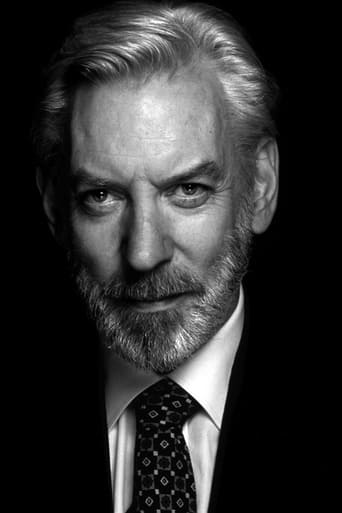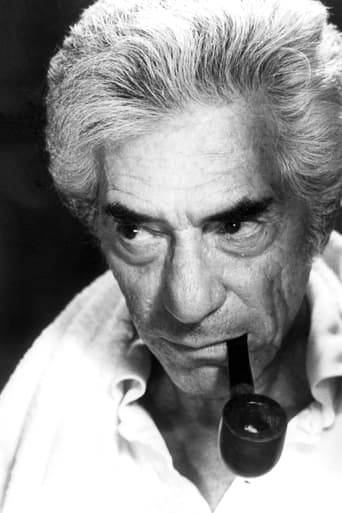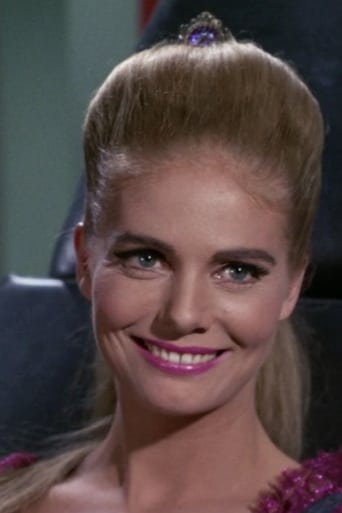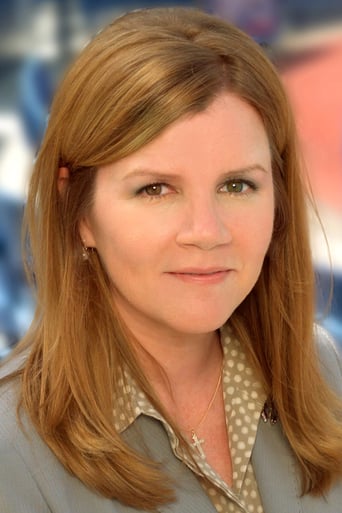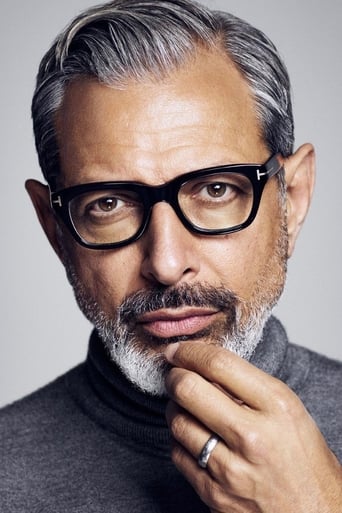Robert J. Maxwell
In the ten years or so before this film's release there was a flurry of high-profile breakthroughs in cardiovascular surgery. Heart transplants, bypass surgery, mechanical hearts, animal hearts in human bodies. Names like DeBakey became household words.One might imagine this low-budget movie to be a sensationalized cashing in on the popularity of the subject, but it isn't that at all. It's a slow-moving and thoughtful story of a young woman's having an artificial heart implant, the original bionic woman. And it's no small thing. Not to the administrators, not to the inventor, not to the surgeon, and certainly not to the patient.The surgeon is Donald Southerland and he's already world famous, the kind of guy who strikes awe in others at medical conventions. And Southerland's performance, like those of the other principals, is unimpeachable. He's the kind of guy you want for your surgeon when your time comes -- always relaxed, confident, sympathetic but honest, and eyeball-coagulatingly competent. Marcus Welby without the small-town cornball crap. When he finishes the climactic two-and-a-half hour operation, he goes to his office, props his feet carelessly on a table, sighs, and watches TV. The majority of us would be out getting juiced up or sobbing in a church pew. The best thing about Southerland's character is his lack of arrogance. He's not a narcissist despite the standing ovation. And the actor is able to project this, the kind of self-regard that comes not from pride but from satisfaction at having done a good job and helped someone else in the process. I've seen standing ovations for professionals and the recipients were all visibly moved more than Southerland, who seems surprised. Vincent Scully got such an ovation before his last class at Yale. I never got a standing ovation, but I got several good laughs. Once at a late-night lecture on sociological theory I spoonerized the term "structural-functional." And once at a convention, a stranger approached me with a shy smile and said, "You're (insert my name here), aren't you?" I blushed slightly and admitted to being that personage and asked if he was familiar with my work. "No, I don't know you," he said, "I just read your name tag." The impudent pup. A standing ovation and five dollars will get you a free cafe mocha at Starbuck's.Where was I? Oh, yes. The movie. Jeff Goldblum is the inventor. And man is he a different type. Where Doctor Southerland avoids publicity and hossanahs from the press, knowing that something could go South at any moment, Goldblum takes eagerly to the airways. He's not an egotist either, but a visionary. You know, the kind of guy who intuits the future and carries on about "new paradigms." Southerland becomes angry and tries unsuccessfully to keep Goldblum quiet. The script has a surgeon ask Goldblum if he is a doctor. "Yes -- umm, biology." The surgeon says contemptuously, "Biology. That explains it. Treat some patients for a while." Unfortunately some MDs do have this attitude. If you have no clinical practice you don't know anything. Which is rather like Arnold Schwarzenegger saying that if you haven't lifted weights you don't know anything.The patient who receives this plastic/metal contraption is Mare Winningham, who is quite good, and who is exactly right for the part. She's young, but not too young. Pretty, but not heartbreakingly so. Winsome but not pathetic. After the operation, when it is clear that she will recover, she lies in bed scared to death, frightened because if she goes to sleep the heart might stop. What a nice touch, and nothing much is made of it.That brings us to the aspect of the film which many people will probably find daunting. It's slow. Nobody shouts angrily at anyone. There is no fist fight. There isn't an underground chamber where comatose bodies are suspended from cables and their organs harvested.The central figure in the drama is the heart itself and we hardly know anything about it. We have no idea how it works. We hardly even SEE it.We get to see a lot of other surgical-type things though -- angiograms and that sort of stuff, the kind that Linda Blair underwent in the course of "The Exorcist." Interesting details about an operation in which somebody gets an artificial valve. I always wondered how they got that little ring in there and now I have some idea. The sutures in this case are too long and Southerland casually rebukes his scrub nurse with a soft wisecrack, "What do you want me to do, sew it up from the other room?" So there's no blood, no violence, no sex, nobody poisons anyone else or does anyone in a laundry room. Instead of grand opera we're given a small leisurely story of a successful artificial heart implant. The Big Themes we might expect from a script written by a committee of MBAs are only suggested. "Will I be the same?" "The religious people are after me." The extension of those glimmers of doubt or of definition is left up to the viewer.Recommended -- if you're patient.
wesish
This movie is well-worth watching and I highly recommend it for many of the reasons from others listed here. As another reviewer "tdilts9219" noted, it appears based on the famous Texas heart center in real life. Surprisingly in 1998, the fictional 1981 plot came even closer to a real life situation. In Oxford England, Aug 1998, a renowned heart surgeon Stephen Westaby placed heart replacement pump AB-180 into a young woman Julie Mills to save her life. The AB-180 was invented by George Magovern, a US inventor and has the same key property as the heart replacement in the movie. Add a few of innovations from Jeff Goldblum's fictional inventor, and AB-180 would be a match for the movie. Wait another decade, and it might be another case of sci-fi preceding reality. (source Reader's Digest, April 2000)
monttrac
Amazingly to me, this film appeared on cable very often when my child was an infant with congenital heart defects. The makeup giving Mare Winningham the look of oxygen deprivation was very realistic and gives the viewer a picture of the "dusky" skin tone of some heart patients. The restraint of the Vrain/Carol relationship was right on, and the peripheral but agonized part of the parent was poignantly depicted by Carol's father. The film is almost a relief from the typical "dramatized" film about illness. Heart difficulties are inherently dramatic to the lay person (perhaps not to doctors, though) and need no melodramatic treatment. The understatement, the lack of statement all serve the subject well. The cold, orderly world of the (urban, state-of-the-art)hospital that contains so much extraordinary work comes across beautifully in this film. I'm glad others appreciate it.
Steek
Like most physicians, I tend not to watch medical shows in Movies and on Television; partly because they aren't usually very realistic - the real world seldom has sufficient drama to make good entertainment - and partly because one doesn't normally look for relaxation or entertainment in the same field in which one works. I saw Threshold for the first time recently only because I am a great admirer of Donald Sutherland's considerable talent. In this film, Sutherland is at his best, creating a portrait of a Cardiovascular Surgeon which is so real I could recognize several of the surgeons I know personally. He embodies both their strengths and weaknesses. Perhaps the most notable attribute he gives the fictitious Dr. Vrain is the total commitment and life absorbtion which a heart surgeon must have, even when it weakens his ability in other facits of life. One of the film's advisors was Dr. Denton Cooley, the pioneering Dallas Surgeon; Sutherland must have studied and worked with him extensively to so perfectly capture the personality and persona. The film follows his lead in making nurses, and their daily routines in the hospital unusally true and realistic also. This film is worth seeing just for the strength of Sutherland's portrayal and the realistic view of the medical world alone.
